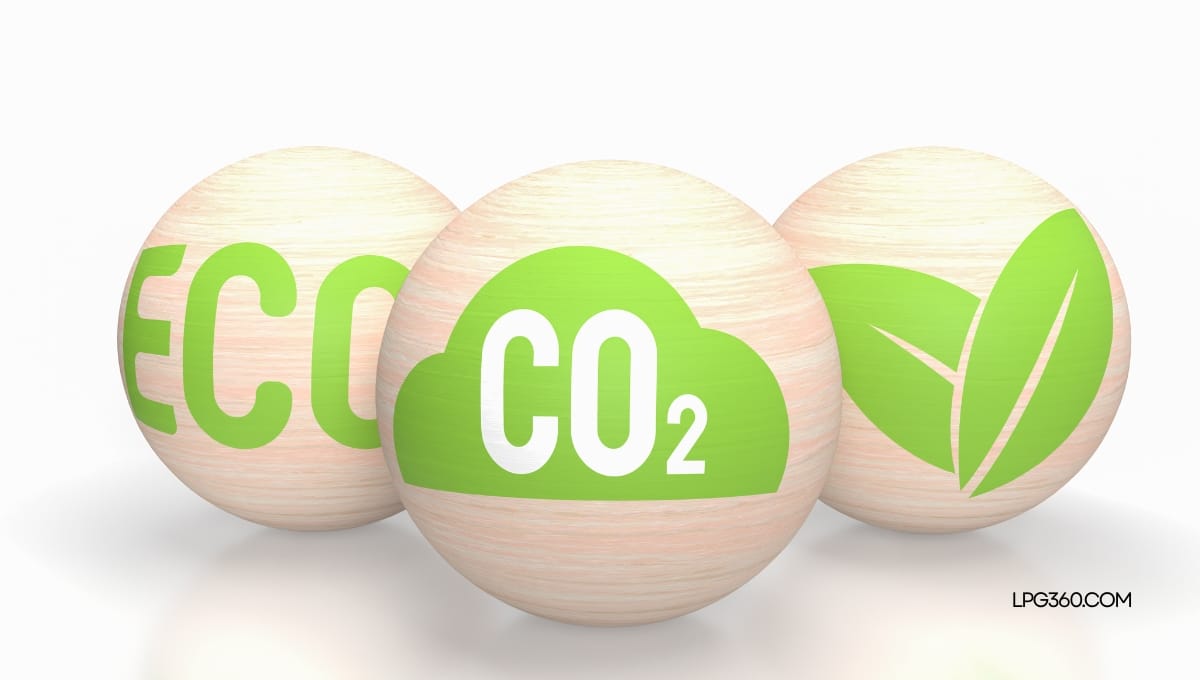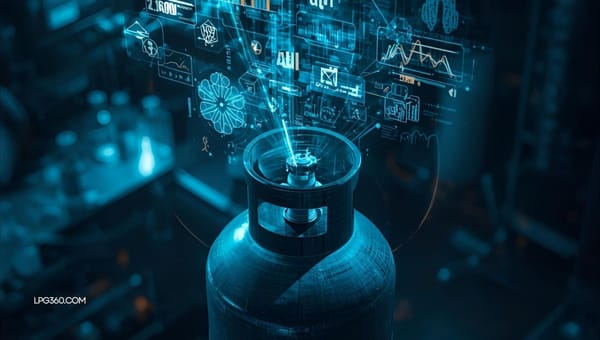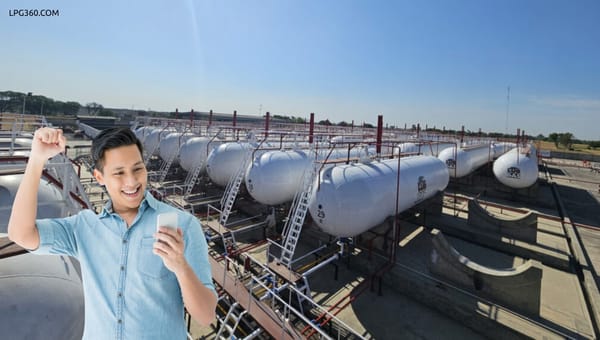The Role of LPG in Reducing Carbon Footprint

A Cleaner Energy Alternative for a Sustainable Future
As the world grapples with the urgent need to reduce carbon emissions and mitigate climate change, the role of various energy sources is under intense scrutiny. Liquefied Petroleum Gas (LPG) emerges as a cleaner-burning fossil fuel compared to many traditional options, offering a viable pathway to significantly reduce carbon footprints across diverse applications.
This blog explores how LPG supports a low-carbon future through reduced emissions, efficient energy use, and renewable integration.
Lower Emissions Compared to Coal and Oil
One of the key advantages of LPG in reducing carbon footprint is its lower carbon dioxide (CO2) emissions compared to coal and heavy fuel oil. When combusted, LPG releases significantly less CO2 per unit of energy produced, making it a more environmentally friendly choice for power generation, industrial processes, and heating applications.
Reduced Particulate Matter and Other Pollutants
Beyond CO2, LPG combustion produces significantly lower levels of particulate matter (PM), sulfur oxides (SOx), and nitrogen oxides (NOx) compared to coal and diesel. These pollutants are major contributors to air pollution and respiratory problems. By switching to LPG, industries and households can contribute to cleaner air and improved public health.
Efficient Combustion and Reduced Fuel Consumption
LPG appliances and engines often exhibit more efficient combustion compared to their counterparts using heavier fuels. This higher efficiency translates to less fuel being consumed to achieve the same energy output, further contributing to a lower overall carbon footprint and reduced greenhouse gas emissions.
Bridge Fuel to Renewable Energy Integration
LPG can serve as a crucial bridge fuel in the transition towards a fully renewable energy future. Its existing infrastructure and versatility can complement intermittent renewable sources like solar and wind, providing a reliable and cleaner backup power solution and facilitating a smoother energy transition.
Potential for BioLPG and Renewable LPG Sources
The LPG industry is increasingly exploring and developing BioLPG, a renewable form of LPG produced from sustainable biomass sources. As BioLPG production scales up, it offers the potential for a near-zero carbon footprint fuel, further enhancing LPG's role in a sustainable energy future.
Applications across Sectors: Transportation, Industry, and Residential
LPG's versatility allows for carbon footprint reduction across various sectors. In transportation, autogas offers lower emissions than gasoline and diesel. In industry, LPG provides cleaner process heat. In residential settings, LPG for heating and cooking is a cleaner alternative to solid fuels and heating oil.

Conclusion: LPG as a Key Player in a Low-Carbon Economy
LPG plays a significant role in reducing carbon footprints by offering lower emissions, efficient combustion, and the potential for renewable alternatives. As the world strives for a more sustainable future, embracing LPG as a cleaner energy source across various sectors is a crucial step towards achieving ambitious climate goals and building a low-carbon economy.
#LPG #LPG360 #LPG #CarbonFootprint #CleanEnergy #Sustainability #EmissionsReduction #ClimateAction #GreenEnergy #FossilFuelTransition #LowerEmissions #AirQuality #RenewableEnergyBridge #BioLPG #SustainableFuel #Autogas #CleanTransportation #IndustrialEnergy #ResidentialEnergy #EnvironmentalSustainability #LowCarbonEconomy #EnergyTransition #GlobalWarmingSolutions #CleanerPlanet







